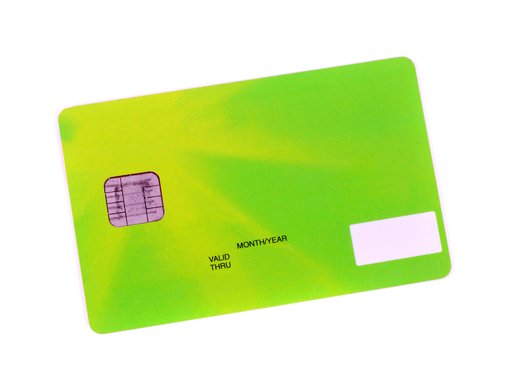The following is based on discussions at the Digitalization of Payments and Currency workshop hosted in March 2023 by the Centre for International Governance Innovation and Bennett Jones LLP. The full conference report is now available.
In Canada, carrying out daily banking transactions such as moving money between accounts or from one institution to another, or simply paying bills online, requires multiple parties and platforms, which can cause extensive delays in the movement and availability of funds. Isn’t it strange to have to wait until the next business day for the processing to begin when a bill is paid on the weekend or a holiday?
Meanwhile, payment for your morning coffee with your debit or credit card appears quickly, despite the fact those transactions are carried out with the same age-old, clunky financial infrastructure. It takes a lot to make that coffee transaction appear instantaneously, and that is reflected in credit-card processing fees that may be transferred to consumers via higher prices.
Canada’s continuing delay to implement a modern, national real-time payments system is costing consumers greatly, and there is sadly little competition in our financial sector that would give companies the incentive to change this.
A modern real-time payments system, which several other countries already have, would allow for the exchange, clearing and settlement of a payment to happen immediately. A new payments system would also offer security for transferred funds, be available 24/7, and have lower usage costs, allowing consumers and businesses to manage their cash more effectively. More importantly, the system would allow for much more information to be shared with the payment, such as its purpose and frequency, which could help drive competition and innovations in the Canadian economy.
In the final report of the Task Force for the Payments System Review, Moving Canada into the Digital Age, published in 2011, the task force states that “unless Canada develops a modern digital payments system, Canadians will be unable to fully engage in the digital economy of the 21st Century‚ leading to a lower standard of living across the country and a loss in international competitiveness.”
Canada was ahead of the curve in thinking about the importance of a modern digital payments system, but now, more than a decade after this warning was issued, it is lagging.
For example, Payments Canada’s Real-Time Rail payments system was supposed to be launched in 2022. The significant delays in getting it operational — the most recent announced on June 13 — means that it risks being out of date by the time it is implemented. Indeed, for true modernization, Canada must look 10 years down the road to what the future of the payments system should look like, not just focus on what is viewed as the current finish line — one that is being constantly pushed farther away.
There are a number of good reasons why it can take time to create a new national payments system. It must be secure and trustworthy. However, other countries have already implemented new real-time payments systems, ranging from the Pix in Brazil, the India Stack and the imminent FedNow system in the United States. Then there are the private sector initiatives too numerous to mention, including peer-to-peer payments systems that have substantially lowered costs to consumers.
Canada’s apparent complacency in bringing key elements of its financial system into the digital age is a result of a lack of political will, regulatory silos and the incumbent interests entrenched in our evolving economy. The end result is that Canadians and small businesses continue to face high fees — some of the highest fees in the world — every single time they make a payment. At a time when budgets are stretched for both consumers and small businesses, these costs are difficult to bear and inequitable.
Canada has before it a tremendous opportunity and the talent to build a modern payments system. The necessary approach must also have a longer-term, comprehensive vision. This vision should include public policy goals for the broader financial sector on how it can innovate services and boost contestability that benefit all Canadians.
To implement modernized payments requires a suitable policy infrastructure that includes digital identifiers and consumer data rights, updated privacy legislation, and investments in cybersecurity and network resilience. We can learn from other jurisdictions and take what has worked well. And, in an increasingly global market for financial services, it may also be in the interests of our incumbent financial institutions to push ahead for greater innovation in financial services.
This piece first appeared in The Globe and Mail.



